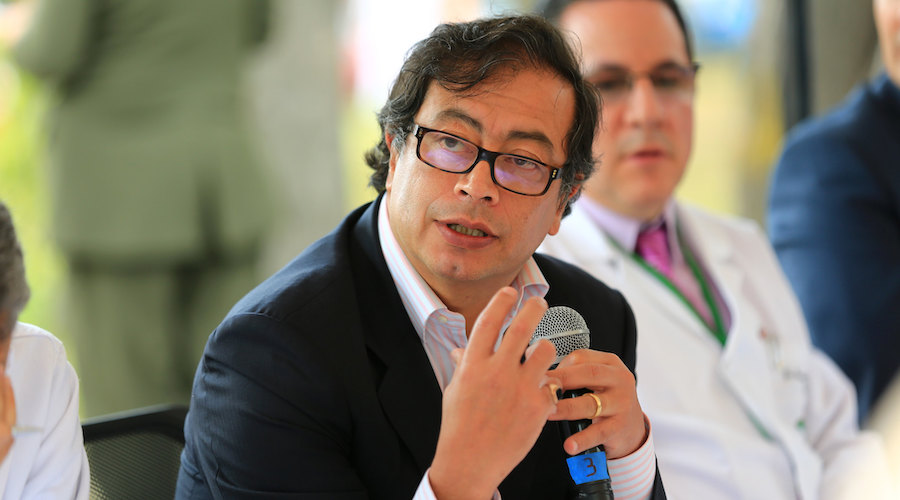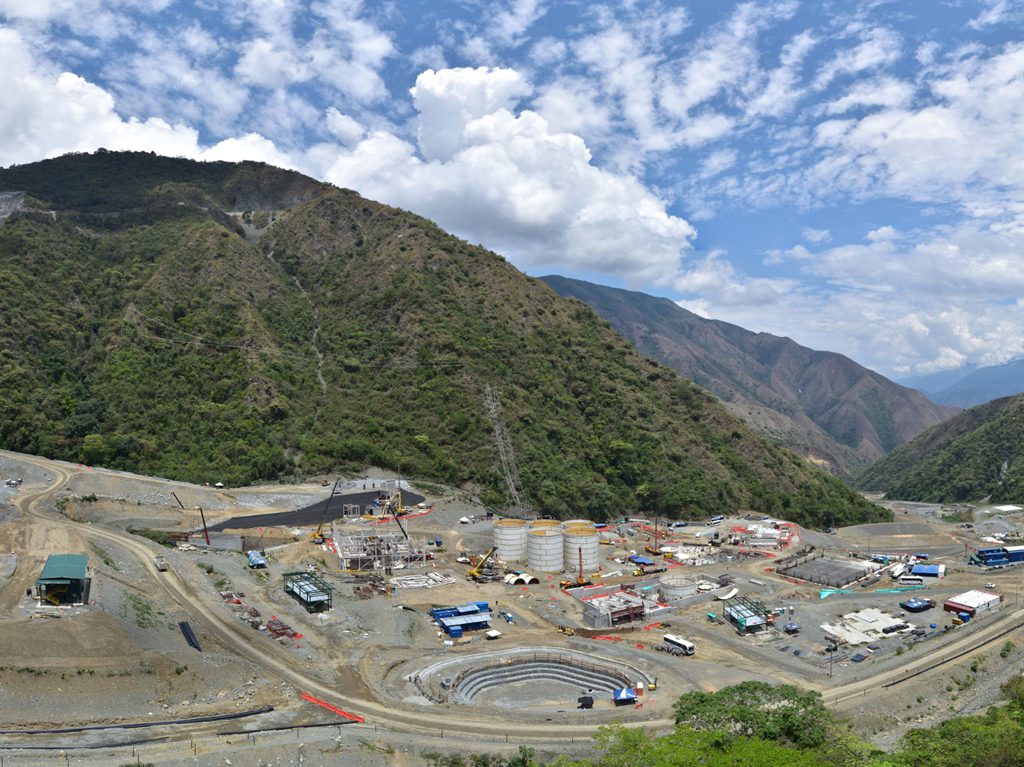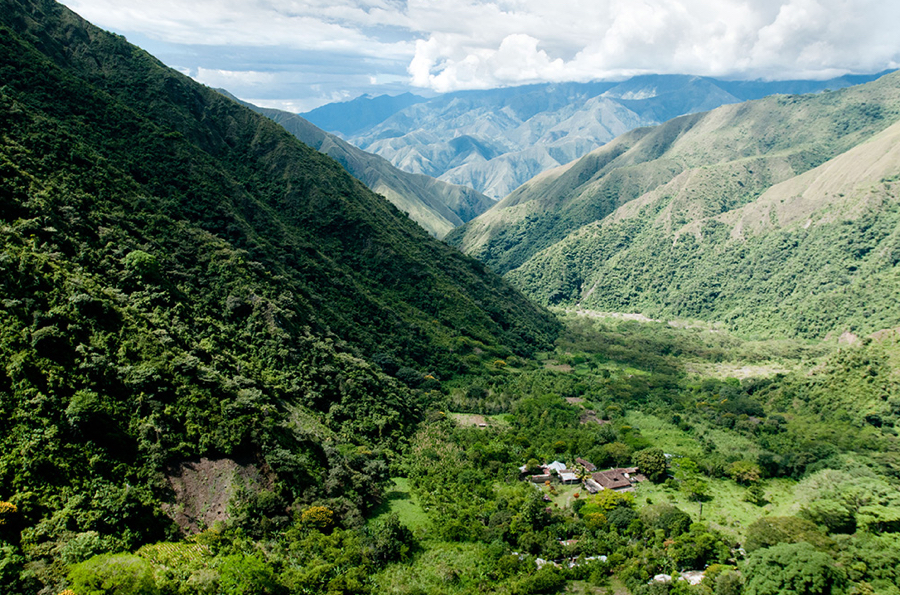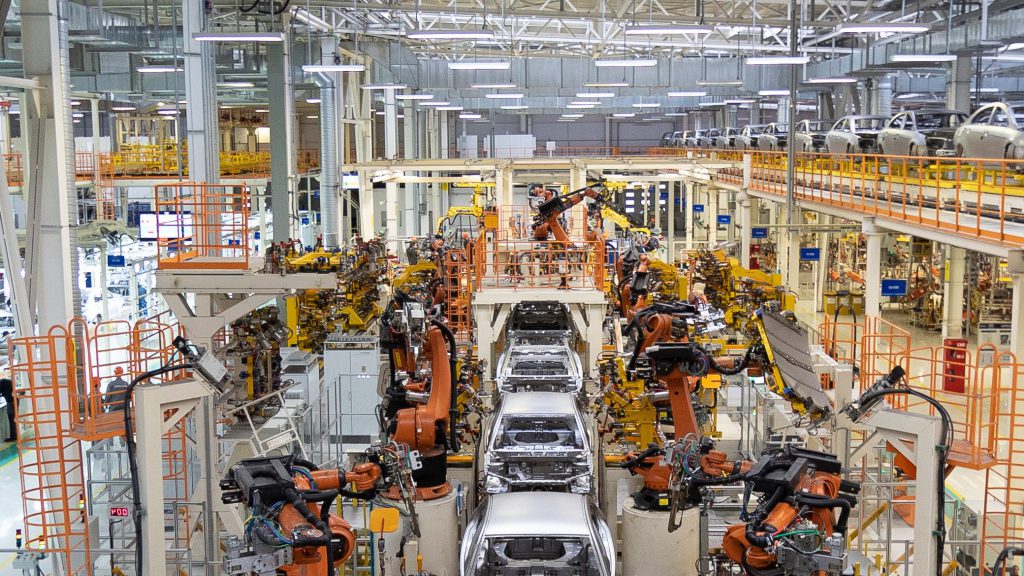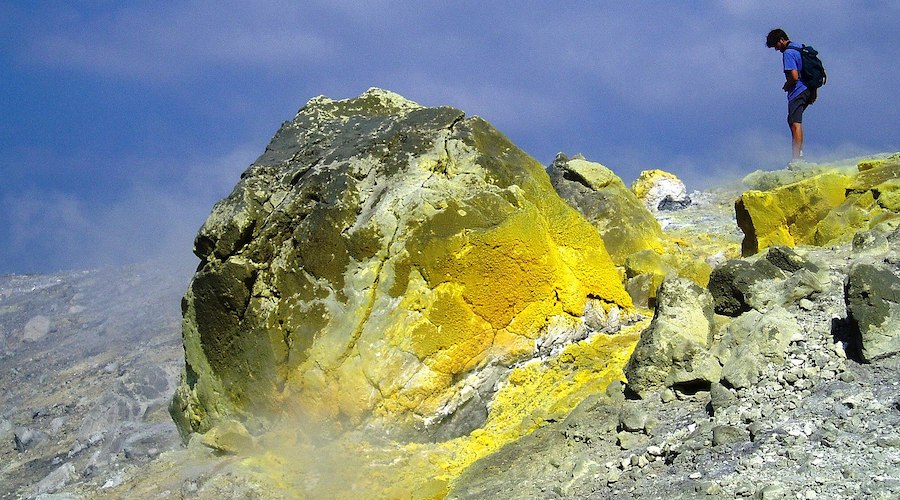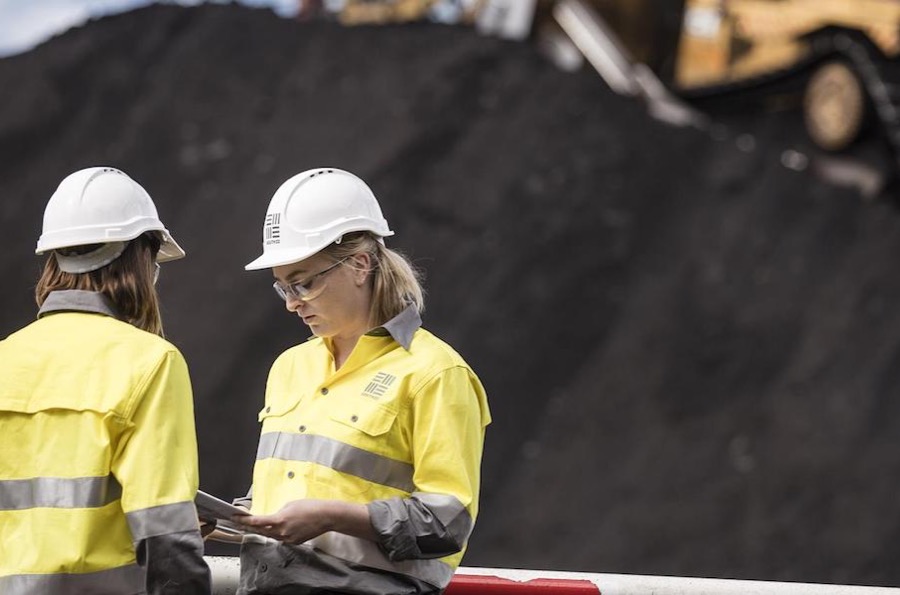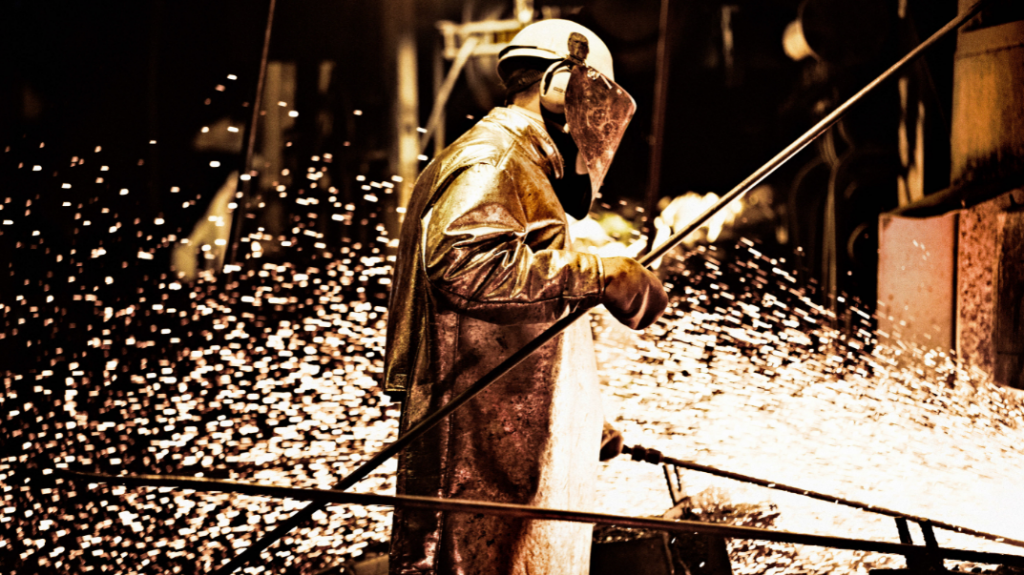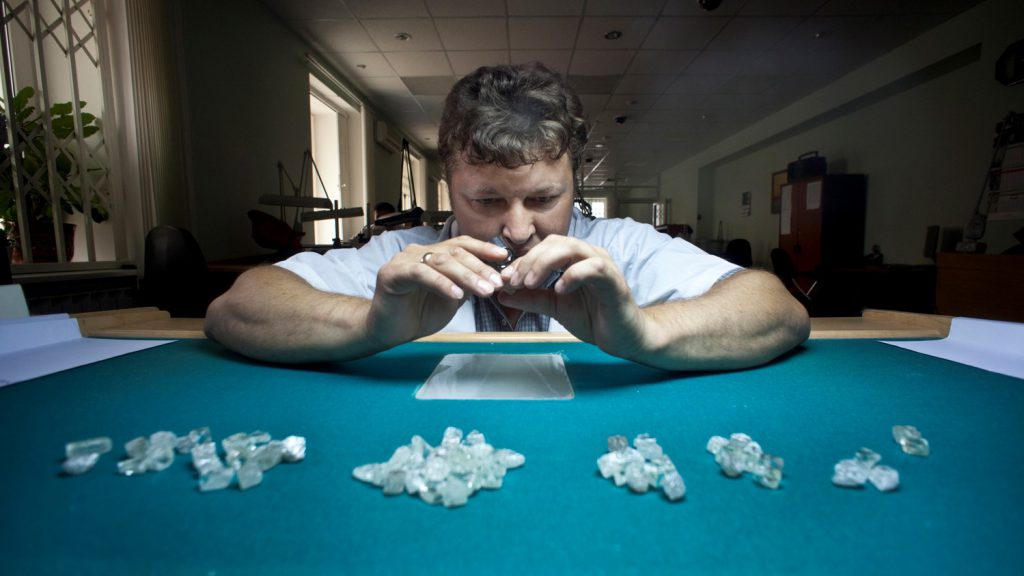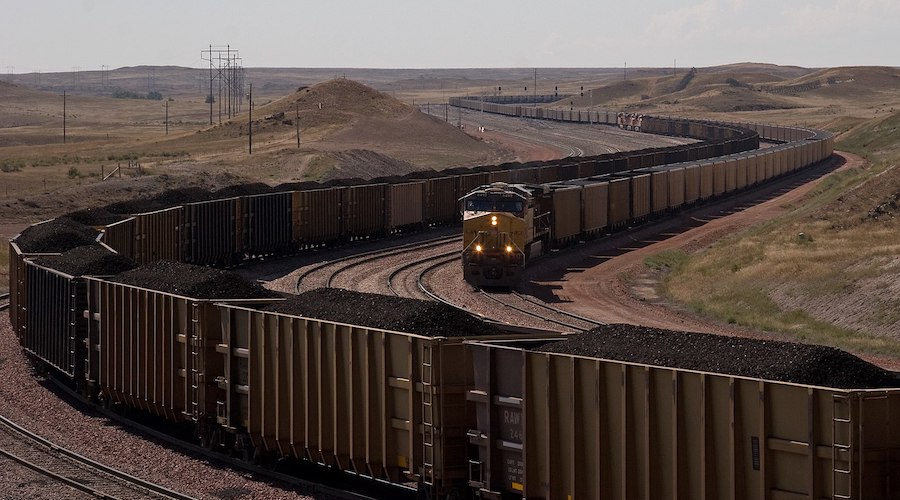Reuters | August 22, 2022
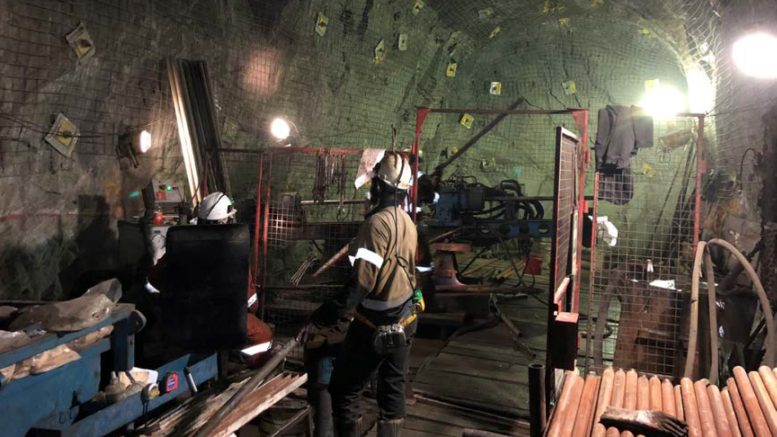
Drillers underground at Trevali Mining’s Perkoa zinc mine in Burkina Faso.
Credit: Trevali Mining
Canada-based Trevali Mining halted trading on Monday and said two of its managers were being held in Burkina Faso following an April flood that killed eight miners.

The company did not give a reason for the trading halt on the Toronto Stock Exchange. It said it also expected trading to be halted on the Lima Stock Exchange, OTCQX and the Frankfurt Stock Exchange, and that its common shares may be delisted.
One of Trevali’s three main operating assets is the Perkoa zinc mine in Burkina Faso, where operations have been suspended since torrential rainfall caused flash flooding on April 16.
The floodwaters breached the mine’s safety controls and submerged the site with eight workers deep underground. Their bodies were found after a long search.
A Perkoa mine manager and a manager from the company’s contractor Byrnecut have been detained and face charges relating to the flood, the company said in a statement. It did not provide further detail.
Burkina Faso’s public prosecutor could not immediately be reached for comment.
Burkina Faso’s prime minister said shortly after the flood that managers of the mine were banned from leaving the country while investigations were underway into the cause of the accident.
Trevali has said it was caught unawares by the flood, which occurred during the West African country’s usual dry season.
(By Thiam Ndiaga and Nellie Peyton; Editing by Edward McAllister and Mike Harrison)
Canada-based Trevali Mining halted trading on Monday and said two of its managers were being held in Burkina Faso following an April flood that killed eight miners.

The company did not give a reason for the trading halt on the Toronto Stock Exchange. It said it also expected trading to be halted on the Lima Stock Exchange, OTCQX and the Frankfurt Stock Exchange, and that its common shares may be delisted.
One of Trevali’s three main operating assets is the Perkoa zinc mine in Burkina Faso, where operations have been suspended since torrential rainfall caused flash flooding on April 16.
The floodwaters breached the mine’s safety controls and submerged the site with eight workers deep underground. Their bodies were found after a long search.
A Perkoa mine manager and a manager from the company’s contractor Byrnecut have been detained and face charges relating to the flood, the company said in a statement. It did not provide further detail.
Burkina Faso’s public prosecutor could not immediately be reached for comment.
Burkina Faso’s prime minister said shortly after the flood that managers of the mine were banned from leaving the country while investigations were underway into the cause of the accident.
Trevali has said it was caught unawares by the flood, which occurred during the West African country’s usual dry season.
(By Thiam Ndiaga and Nellie Peyton; Editing by Edward McAllister and Mike Harrison)
